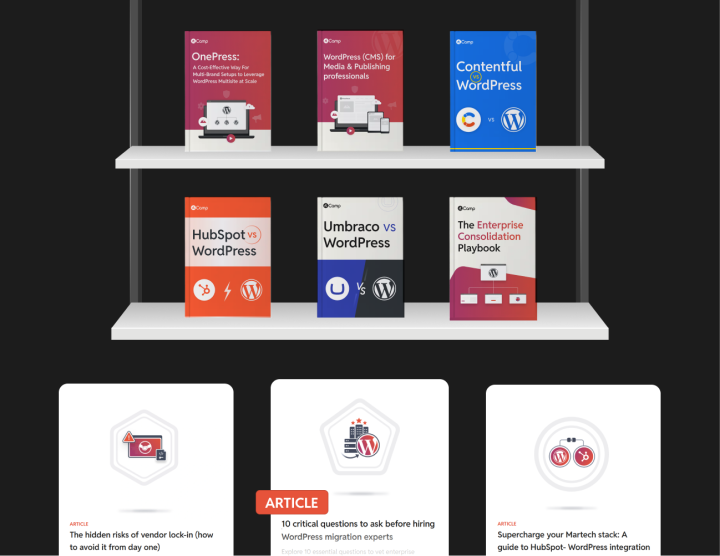Sanity CMS vs WordPress: Authentication and authorization
When comparing Sanity vs WordPress, their authentication and authorization approaches cater to distinct needs. Sanity emphasizes API-driven security and token-based methods, while WordPress provides user-friendly and scalable solutions for varied business setups.
Sanity’s OAuth and token-based authentication
Sanity CMS takes a standard approach to authentication, focusing on flexibility and security. It uses OAuth for third-party integration and token-based authentication for API access.
Key features include
- OAuth integration: Allows integration with third-party providers like Google or custom authentication systems, making it adaptable for enterprise needs.
- Token-based API access: Tokens with configurable permissions let businesses restrict access to specific datasets or content types.
- Granular role control: Authentication is seamlessly tied to Sanity’s fine-grained RBAC system, ensuring that users or systems can only access what’s relevant to them.
Sanity’s API-first architecture means its authentication methods are designed to work efficiently with modern applications. However, for businesses looking for quicker, less technical setups, Sanity may require additional configuration efforts compared to WordPress.
WordPress authentication methods
WordPress offers a wide range of authentication options, combining native capabilities with extensive plugin support for enhanced security.
Key features include
- Built-in user authentication: WordPress includes a default user authentication system with login credentials managed through the admin panel.
- JWT and OAuth support: Plugins like JWT Auth for WP REST API and OAuth Server extend WordPress’ ability to handle token-based authentication and third-party integrations.
- Two-factor authentication (2FA): Add an extra layer of security through plugins like Two Factor Authentication, making it easy for businesses to secure user accounts without custom coding.
- Single Sign-On (SSO): Implement SSO using plugins like miniOrange SSO, enabling seamless login across multiple platforms or websites.
Example use case
A membership site using WordPress could secure its login system with two-factor authentication, while enterprise users can log in across multiple sites via SSO, ensuring convenience without compromising security.
WordPress excels in offering ready-to-use solutions for authentication. With a vast ecosystem of plugins, businesses can quickly implement robust security features without relying heavily on technical resources.







